Summary
Here is a summary of the park, including reasons to visit, points of interest, interesting facts, and the best time to plan a trip.
Reasons to Visit:
1. Spectacular Scenery: Yosemite is famous for its awe-inspiring granite cliffs, towering waterfalls, pristine meadows, and ancient sequoia groves. The park's diverse terrain provides countless opportunities for hiking, rock climbing, and photography.
2. Iconic Landmarks: Yosemite boasts several iconic landmarks, such as El Capitan, a prominent granite monolith popular among rock climbers, and Half Dome, a distinctive rock formation and hiking challenge.
3. Outdoor Activities: Outdoor enthusiasts can indulge in activities like camping, backpacking, fishing, horseback riding, rafting, and even skiing or snowshoeing in the winter months.
4. Diverse Wildlife: Yosemite is home to a wide range of wildlife, including black bears, bobcats, mountain lions, mule deer, and various bird species. Wildlife enthusiasts will have ample opportunities to observe and photograph these magnificent creatures.
5. Conservation and Preservation: Yosemite has a rich history of conservation. With its diverse ecosystems, the park plays a vital role in the preservation of endangered species and the protection of natural resources.
Points of Interest:
1. Yosemite Valley: The park's most popular destination, Yosemite Valley, offers stunning views of waterfalls, towering cliffs, and lush meadows. It is also home to several campgrounds, visitor centers, and the iconic Ahwahnee Hotel.
2. Mariposa Grove: This grove contains over 500 mature giant sequoias, including the famous Grizzly Giant, one of the largest trees on Earth.
3. Glacier Point: Located on a granite cliff, Glacier Point provides breathtaking panoramic views of Yosemite Valley, Half Dome, and Yosemite's high country. It is accessible by car during the summer months and by cross-country skiing or snowshoeing in winter.
4. Tuolumne Meadows: Situated at an elevation of 8,600 feet (2,600 meters), Tuolumne Meadows is a picturesque subalpine meadow surrounded by granite peaks and pristine lakes. It offers excellent hiking and camping opportunities.
5. Bridalveil Fall: One of the park's most famous waterfalls, Bridalveil Fall cascades nearly 620 feet (188 meters) into Yosemite Valley. It is easily accessible and offers a beautiful sight.
Interesting Facts:
1. Yosemite National Park covers an area of approximately 748,436 acres (3,027 square kilometers).
2. The park was established on October 1, 1890, making it one of the oldest national parks in the United States.
3. Yosemite Valley was carved by glaciers that sculpted the landscape over millions of years.
4. The tallest waterfall in North America, Yosemite Falls, can be found in the park, with a total drop of 2,425 feet (739 meters).
5. Ansel Adams, the renowned photographer, captured many iconic black and white images of Yosemite, helping to bring its beauty to a wider audience.
Best Time to Visit:
The best time to visit Yosemite National Park largely depends on personal preferences. The summer months (June to August) offer mild temperatures and access to higher elevation areas. However, the park can be crowded during this time. Spring (April to June) offers blooming wildflowers and fewer crowds, while autumn (September to October) provides beautiful fall foliage. Winter (December to March) brings a snowy wonderland, making it ideal for winter sports enthusiasts. It is essential to check road and trail conditions, as accessibility may vary during different seasons.
Remember to verify this information across multiple independent sources to ensure accuracy and to consider current park regulations and conditions when planning a visit to Yosemite National Park.
Weather Forecast
Park & Land Designation Reference
Large protected natural areas managed by the federal government to preserve significant landscapes, ecosystems, and cultural resources; recreation is allowed but conservation is the priority.
State Park
Public natural or recreational areas managed by a state government, typically smaller than national parks and focused on regional natural features, recreation, and education.
Local Park
Community-level parks managed by cities or counties, emphasizing recreation, playgrounds, sports, and green space close to populated areas.
Wilderness Area
The highest level of land protection in the U.S.; designated areas where nature is left essentially untouched, with no roads, structures, or motorized access permitted.
National Recreation Area
Areas set aside primarily for outdoor recreation (boating, hiking, fishing), often around reservoirs, rivers, or scenic landscapes; may allow more development.
National Conservation Area (BLM)
BLM-managed areas with special ecological, cultural, or scientific value; more protection than typical BLM land but less strict than Wilderness Areas.
State Forest
State-managed forests focused on habitat, watershed, recreation, and sustainable timber harvest.
National Forest
Federally managed lands focused on multiple use—recreation, wildlife habitat, watershed protection, and resource extraction (like timber)—unlike the stricter protections of national parks.
Wilderness
A protected area set aside to conserve specific resources—such as wildlife, habitats, or scientific features—with regulations varying widely depending on the managing agency and purpose.
Bureau of Land Management (BLM) Land
Vast federal lands managed for mixed use—recreation, grazing, mining, conservation—with fewer restrictions than national parks or forests.
Related References
Area Campgrounds
| Location | Reservations | Toilets |
|---|---|---|
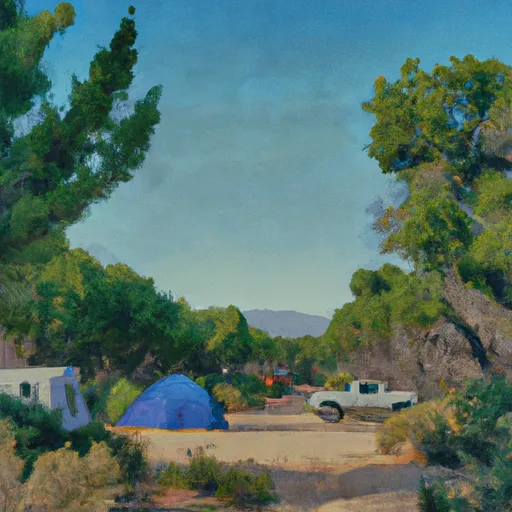 Summerdale
Summerdale
|
||
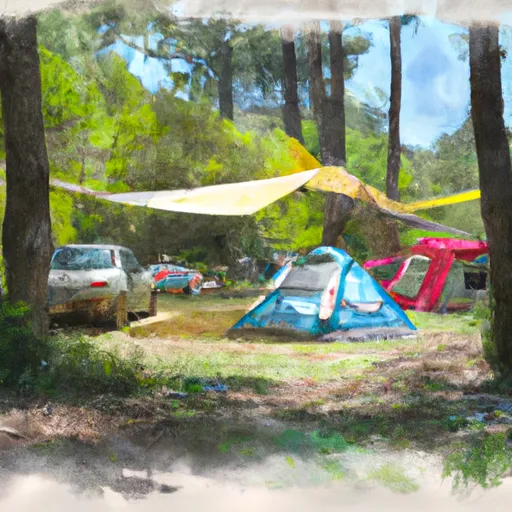 Summerdale Campground
Summerdale Campground
|
||
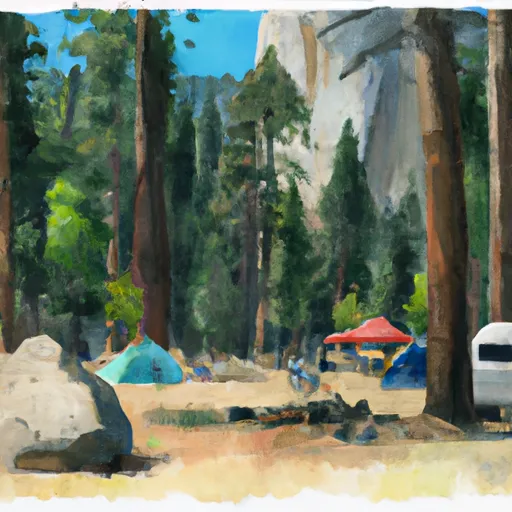 Yosemite np free campsite
Yosemite np free campsite
|
||
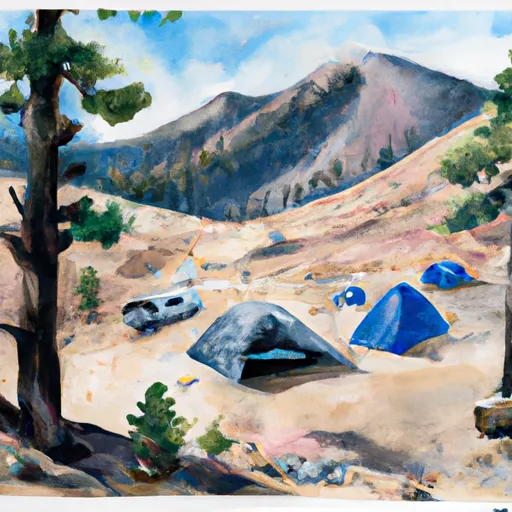 Summit Camp
Summit Camp
|
||
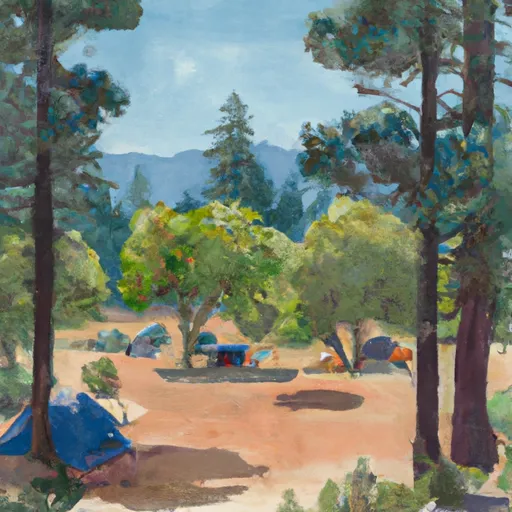 Waawona Campground
Waawona Campground
|
||
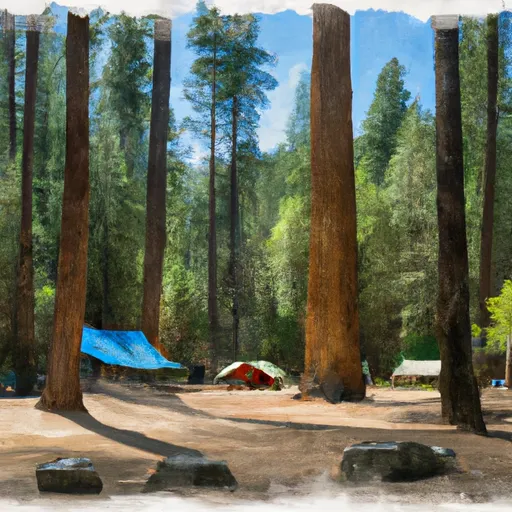 Wawona Campground
Wawona Campground
|

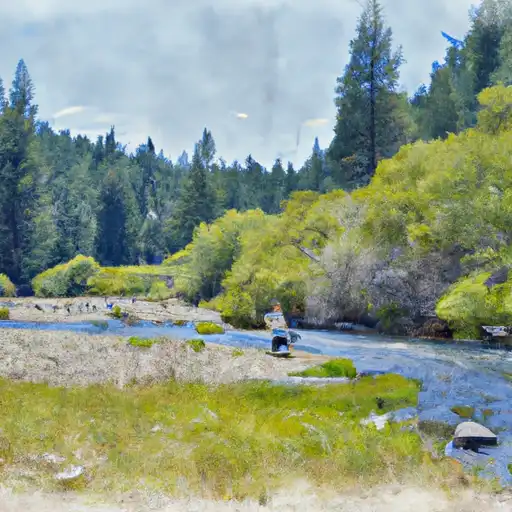 Lewis Creek
Lewis Creek
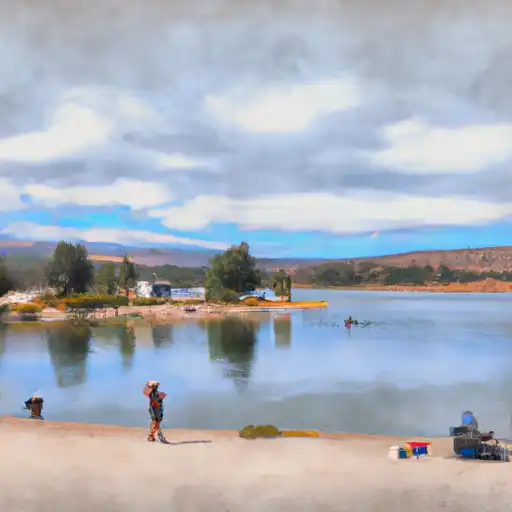 Junction Lake
Junction Lake
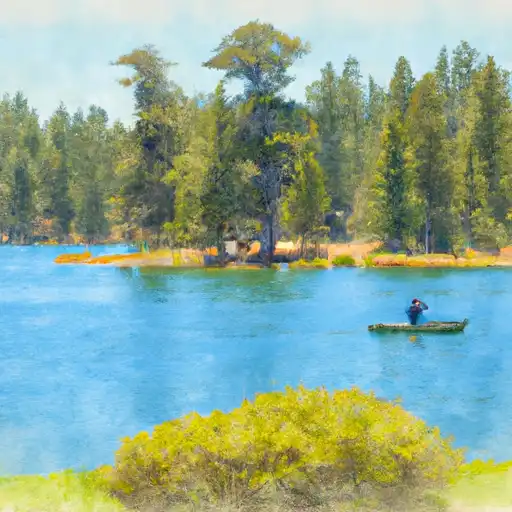 Grizzly Lake
Grizzly Lake